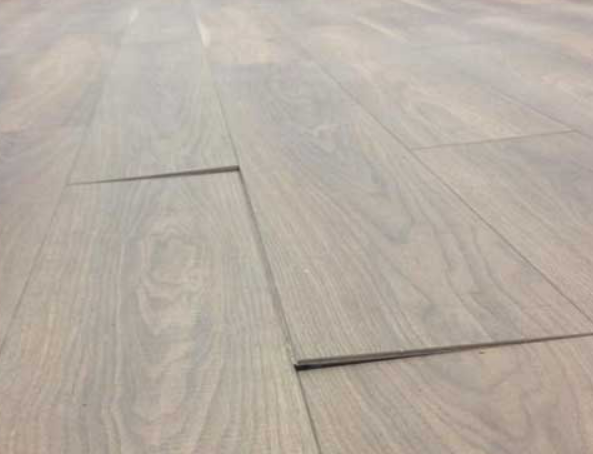
Laminate flooring is a popular choice for homeowners due to its durability, affordability, and attractive appearance. However, like any type of flooring, it can develop problems over time. One common issue is lifting, where the laminate planks start to rise or buckle. Understanding why this happens and how to fix it can help you maintain the beauty and functionality of your floors.
Why Does Laminate Flooring Lift?
1. Moisture Damage
Laminate flooring is made of wood fibers and resins, making it susceptible to moisture. Excessive water from spills, leaks, or high humidity can seep into the seams and cause the planks to swell and lift.
2. Improper Installation
Incorrect installation is another common cause of lifting. If the laminate planks are not given enough room to expand and contract, they can buckle under pressure. This often happens if there is no proper expansion gap around the perimeter of the room.
3. Subfloor Issues
A subfloor that is uneven or has dips and peaks can lead to laminate lifting. If the subfloor is not properly prepared before installation, the laminate planks will not lay flat and may start to lift over time.
4. Temperature Changes
Laminate flooring can expand and contract with changes in temperature. If the room experiences significant fluctuations in temperature and the planks do not have enough space to move, they can lift.
5. Heavy Furniture
Heavy furniture placed directly on laminate flooring without proper padding can cause the planks to compress and lift over time. The weight can press the planks into the subfloor, causing them to buckle around the edges.
How to Fix Laminate Flooring That is Lifting
1. Identify the Cause
Before you can fix the lifting, you need to determine the underlying cause. Inspect the area for signs of moisture damage, check for proper expansion gaps, and ensure the subfloor is even. Identifying the root cause will help you choose the appropriate solution.
2. Address Moisture Issues
If moisture is the culprit, you need to address the source of the water. Repair any leaks, improve ventilation to reduce humidity, and clean up spills immediately. In some cases, you may need to replace the affected planks if they are too damaged.
3. Reinstall with Proper Expansion Gaps
If improper installation is the issue, you may need to remove and reinstall the affected planks. Make sure to leave an expansion gap of about 1/4 inch around the perimeter of the room. This allows the planks to expand and contract without lifting.
4. Level the Subfloor
If the subfloor is uneven, you’ll need to level it before reinstalling the laminate. Use a leveling compound to fill in any dips or valleys and sand down any high spots. A smooth, even subfloor is essential for preventing lifting.
5. Acclimate the Flooring
Allow the laminate planks to acclimate to the room’s temperature and humidity before installation. This can help reduce the risk of lifting due to temperature changes. Store the planks in the room for at least 48 hours before installation.
6. Use Furniture Pads
Place furniture pads or felt protectors under heavy furniture to distribute the weight more evenly. This can help prevent the planks from compressing and lifting around the edges.
7. Replace Damaged Planks
If the lifting is severe and the planks are damaged, you may need to replace them. Carefully remove the damaged planks and install new ones, ensuring they are properly aligned and have the necessary expansion gaps.
Conclusion
Laminate flooring can lift for several reasons, including moisture damage, improper installation, subfloor issues, temperature changes, and heavy furniture. By identifying the cause and taking the appropriate steps to fix it, you can restore the beauty and functionality of your laminate floors. If you’re unsure how to proceed or need professional assistance, contact Ben Painting & Improvements. We’re here to help you with all your flooring needs, ensuring your home looks its best.
